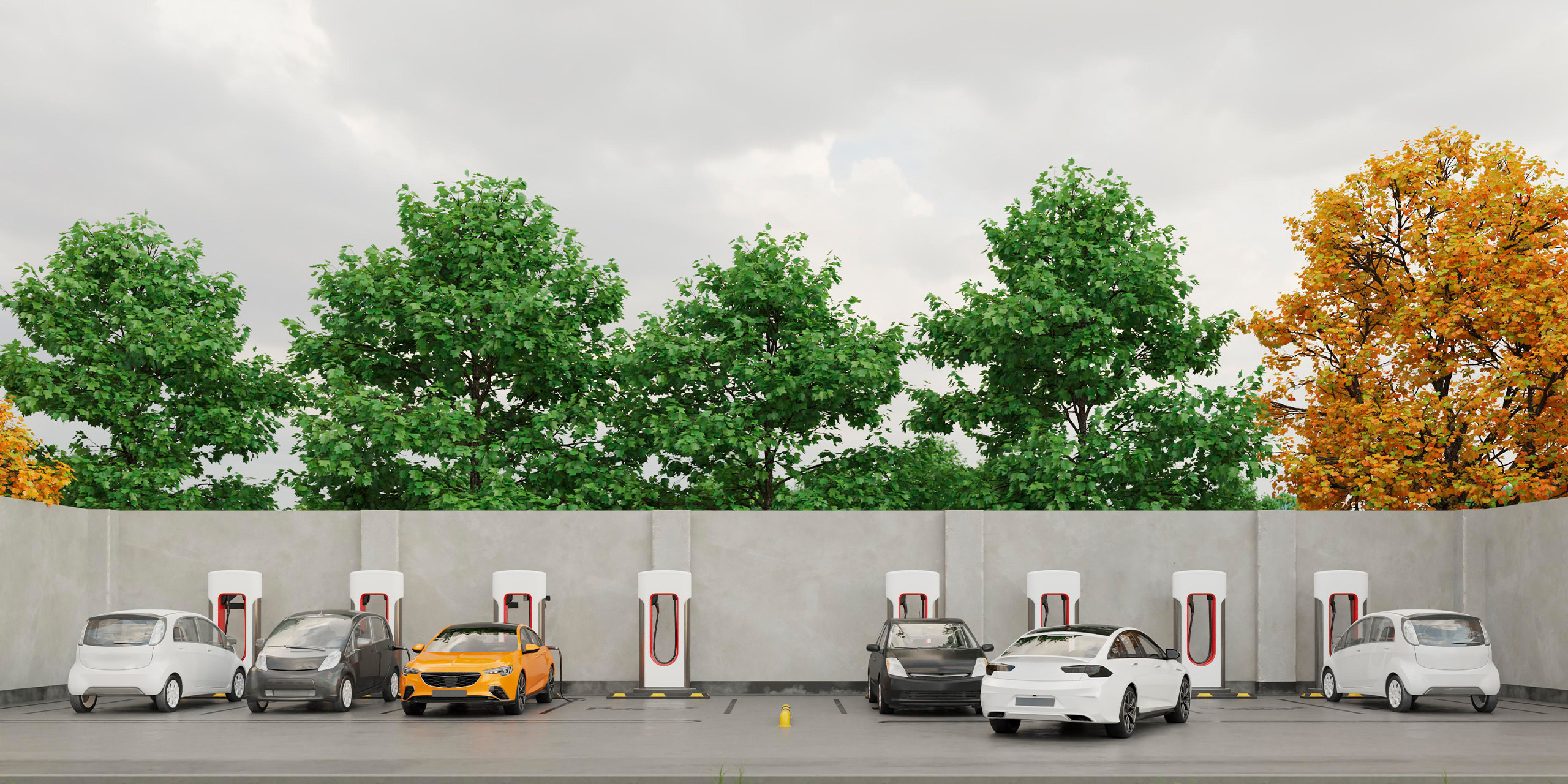Electric Vehicle Charging Infrastructure in HOAs

Electric Vehicle Charging Infrastructure in Homeowners Associations (HOAs)
The surge in electric vehicle (EV) adoption presents both opportunities and challenges for homeowners associations (HOAs). With the increasing demand for sustainable transportation, providing EV charging infrastructure has become essential. This comprehensive guide will explore the importance of EV charging stations, the benefits they offer, potential challenges, and practical steps for implementing them in HOAs.
Why EV Charging Infrastructure Matters
1. Environmental Impact: EVs produce fewer greenhouse gasses compared to traditional internal combustion engine vehicles. By supporting EV adoption through charging infrastructure, HOAs can contribute to a reduction in carbon footprints.
2. Property Value Enhancement: Properties equipped with EV charging stations are increasingly attractive to potential buyers, particularly those who already own EVs or plan to purchase one. This can lead to higher property values and quicker sales.
3. Compliance and Future Proofing: Some states and municipalities are beginning to mandate the availability of EV charging stations in multi unit dwellings. Implementing this infrastructure now can ensure compliance with future regulations and avoid potential fines.
Benefits of EV Charging Stations in HOAs
1. Convenience for Residents: Having access to charging stations at home allows residents to conveniently charge their vehicles overnight, ensuring they have a full battery each morning.
2. Community Appeal: Offering EV charging can make a community more attractive to environmentally conscious individuals and families, potentially increasing occupancy rates and resident satisfaction.
3. Economic Incentives: Various federal, state, and local incentives are available for installing EV charging stations. These can include tax credits, rebates, and grants that can significantly offset installation costs.
4. Sustainability Goals: Many HOAs have sustainability goals, and EV charging stations can be a visible and impactful part of a broader environmental strategy.
Challenges in Implementing EV Charging Infrastructure
1. Cost: The initial investment for installing EV charging stations can be substantial. Costs include purchasing the equipment, installation, and potential upgrades to electrical infrastructure.
2. Space and Accessibility: Finding suitable locations for charging stations that are accessible to all residents can be challenging, especially in communities with limited parking space.
3. Electric Grid Capacity: The existing electrical infrastructure may need upgrades to support the additional load from EV charging stations. This can involve significant planning and expense.
4. Regulatory and Legal Issues: Navigating the legal and regulatory landscape can be complex. HOAs need to consider local regulations, zoning laws, and potential liability issues.
Steps to Implement EV Charging Infrastructure
1. Conduct a Feasibility Study: Assess the current and future demand for EV charging within the community. This involves surveying residents to gauge interest and potential usage.
2. Engage Stakeholders: Involve all relevant parties, including residents, HOA board members, and property managers, to gather input and build consensus. Consider forming a committee to oversee the project.
3. Research Funding Opportunities: Identify federal, state, and local incentives that can help offset costs. This may include grants, rebates, or low interest loans specifically for EV infrastructure projects.
4. Choose the Right Technology: Select charging stations that meet the needs of the community. Consider the type of chargers (Level 1, Level 2, or DC fast chargers), network capabilities, and future scalability.
5. Plan for Electrical Upgrades: Consult with an electrical engineer to evaluate the current infrastructure and determine what upgrades are necessary to support the new load. This may include upgrading transformers, panels, and wiring.
6. Develop a Budget and Financing Plan: Outline the total costs involved and develop a financing plan. This could involve HOA funds, special assessments, or securing financing through loans or incentives.
7. Create a Maintenance Plan: Ensure that there is a plan in place for the ongoing maintenance and operation of the charging stations. This includes regular inspections, troubleshooting, and managing user access.
8. Implement a User Policy: Develop policies for the use of the charging stations. This should cover usage fees, access control, and etiquette to ensure fair and efficient use by all residents.
9. Educate and Inform Residents: Communicate the benefits, policies, and procedures related to the EV charging stations to all residents. Provide information on how to use the chargers and any associated costs.
Implementing EV charging infrastructure in HOAs is a forward thinking move that aligns with environmental sustainability, enhances property values, and meets the growing demand for EVs. While challenges exist, careful planning, stakeholder engagement, and leveraging available incentives can make this transition smooth and beneficial for all parties involved. As EV adoption continues to rise, proactive HOAs will find themselves well positioned to attract and retain residents who prioritize sustainability and modern amenities.
Search
Subscribe
Recent News
-
 Maintenance Request and ARC in HybridHOA
Maintenance Request and ARC in HybridHOA
-
 Documents in HybridHOA
Documents in HybridHOA
-
 Online Voting (Coming Soon) on HybridHOA
Online Voting (Coming Soon) on HybridHOA
-
 Send Physical Mail in HybridHOA
Send Physical Mail in HybridHOA
-
 Communication and Collaboration Tools in HybridHOA
Communication and Collaboration Tools in HybridHOA
-
 Finance & Management in HybridHOA
Finance & Management in HybridHOA
-
 Empowering Your Community Through Self Management
Empowering Your Community Through Self Management
-
 HOA Software for Gated Communities
HOA Software for Gated Communities

